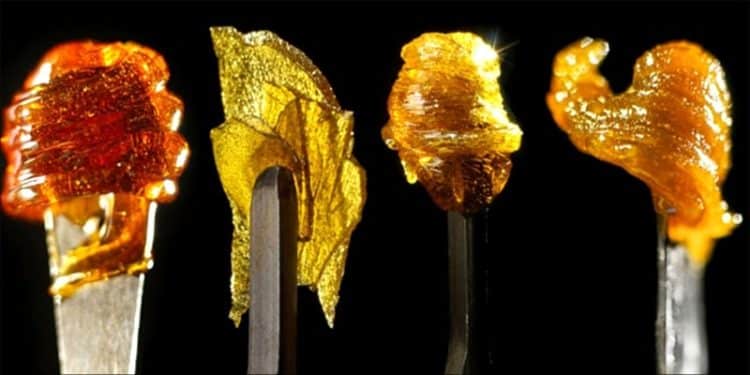A report released by Arc view Market Research last September, in partnership with BDS Analytics, revealed recent trends in the growing cannabis industry. Cannabis concentrates will likely drive the lucrative market in the US, which is expected to reach USD 23.4 billion by 2020. In fact, this demand is accompanied by decreasing sales of cannabis flower. Why might this be?
There are a few factors that may explain the fervent interest in concentrates. First off, novelty alone may be driving this interest. As the number of states in which cannabis is legalized in the US has increased, so has the number of products available. Those who had previously relied on other methods of obtaining cannabis may not have ever tried concentrates or may have had limited experience with them [1].
Concentrates are also easier to integrate into a daily routine. For example, some people (especially patients) who do not feel comfortable openly communicating their cannabis use may find concentrates to be an easy and discrete method of consumption [2]. And others, including past smokers, may want to avoid inhalation. Cannabis concentrates also offer the possibility to try a specific type of isolate cannabinoid – a trend demonstrated most prominently by the surge in cannabidiol (CBD) products within the past year.
For whatever the reasons driving this uptick in the market, the data are clear – concentrates are the future of the industry. And that shines a direct spotlight on extraction.
While extraction methods have advanced considerably within the past few years, companies will need to accelerate the improvement of these systems to meet the demand. Users will be looking for pure products with high specificity of the desired cannabinoid that have been thoroughly tested. Companies must also focus on the palatability and appearance of products, as new competitors emerging focus more on branding.
As the concentrate boom is occurring during a time at which the ecological future has never been more uncertain, for every step along the process, consumers will be looking to companies that make significant efforts to reduce their footprint – this means developing more energy-efficient equipment [3].
Extraction companies should also be closely collaborating with cannabis scientists to create products that have high bioavailability [4]. Additionally, coupling user-driven technology with new product use can provide valuable data about concentrates that can be used to further refine extraction processes.
Changing regulations will continue to be wild cards that significantly impact the concentrate industry. Federal and state policymakers could (and likely will) change requirements for processing and testing as this landscape continues to evolve and, thus, industry executives must keep a close eye on these regulations.
Cannabis consumers are quickly learning about the minutiae of cannabis and strongly demonstrating their preferences. And while much can change over time, it is likely that we will continue to see a strong shift toward concentrates and a heavier reliance of extraction to meet the demands of the industry and lead the way in innovation.
[Image]
References
- Sagar, K.A., Lambros, A.M., Dahlgren, M.K., Smith, R.T., Gruber, S.A., “Made from Concentrate? A National Web Survey Assessing Dab Use in the United States”, Drug Alcohol Depend, 2018, Volume 190, pg. 133-142.(impact factor: 3.322; cited by: 3)
- Raber, J.C., Elzinga, S., Kaplan, C., “Understanding Dabs: Contamination Concerns of Cannabis Concentrates and Cannabinoid Transfer during the Act of Dabbing”, J Toxicol Sci, 2015, Volume 40, pg. 797-803.(impact factor: 1.1719; cited by: 73)
- Mills, E., “The Carbon Footprint of Indoor Cannabis Production”, Energy Policy, Volume 46, 2012, pg. 58-67.(impact factor: 4.039; cited by: 59)
- Bruni, N., Della Pepa, C., Oliaro-Bosso, S., Pessione, E., Gastaldi, D., Dosio, F., “Cannabinoid Delivery Systems for Pain and Inflammation Treatment”, Molecules, 2018, Volume 23, pg. E2478. (impact factor: 3.098; cited by: 3)












